"The Devil of the Revolution." The most mysterious leader of the Bolsheviks
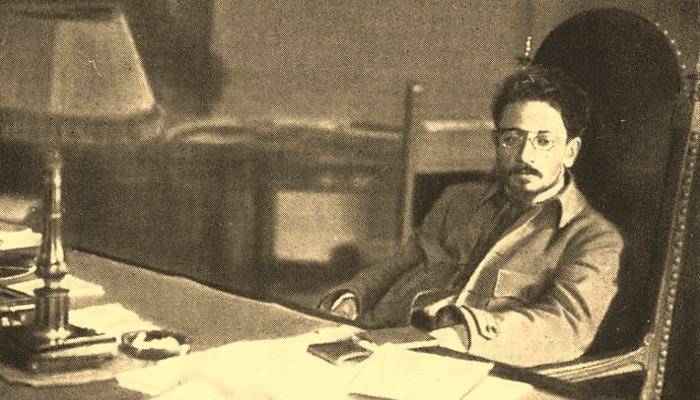
What kind of man was this mysterious Jacob Sverdlov, about whom we still, despite the numerous biographical works and the cities, streets and companies named after him, know so little? With full confidence we can only say that Sverdlov played a huge role in the leadership of the Bolsheviks during the 1917-1919 period. It was at this time that the formation of Soviet Russia took place and epochal events took place - the October Revolution occurred, the Civil War began. With the direct participation of Jacob Sverdlov, the execution of the royal family was organized. But more about that later.
The entire conscious life of Jacob Sverdlov - from 16 to 33 years - was held in the ranks of the revolutionary movement. He was born in Nizhny Novgorod on 23 on May 1885 of the year, and he plunged into the abyss of the revolutionary struggle already in 1901, joining the Russian Social-Democratic Labor Party. In the family of the father of the future Soviet leader, the engraver, Mikhail Izrailevich Sverdlov and his wife Elizaveta Solomonovna, there were six children - daughters Sophia and Sarah, sons Zinovy (Yeshua-Solomon), Yakov, Veniamin and Leo. Apparently, the Sverdlovs did not belong to orthodox Jews. After Elizaveta Solomonovna died in the 1900 year, the head of the family, Mikhail Sverdlov, adopted Orthodoxy and soon married a Russian woman, Maria Alexandrovna Kormiltseva, with Herman and Alexander being born to another 2 son. Orthodoxy was also adopted by Zinovy, the elder brother of Jacob Sverdlov. He was also a very remarkable person - the godson of Maxim Gorky, then a soldier of the French Foreign Legion and, finally, corps general of the French army, a close friend of Charles de Gaulle.
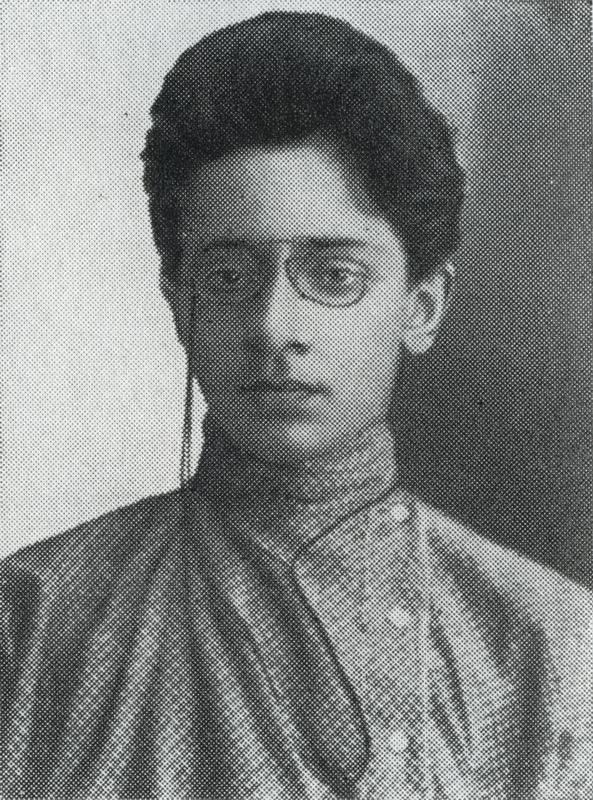
Yakov himself graduated from the four classes of the gymnasium, studied for a while as an apothecary, but then engaged in political activities. In September, 1905, the 20-year-old Sverdlov, was sent to the Urals to organize cells of the Bolshevik wing of the RSDLP here. He took the most direct part in creating the RSDLP combat brigades in the Ural cities, planned and coordinated their activities. In October, 1905, the 20-year-old Sverdlov, headed the Ekaterinburg Council of Workers' Deputies. He was arrested several times, but his punishments were mild. For example, 31 of March 1910 of Sverdlov was sent to 3 of the year in Narymsky Krai, but after three months he fled from there. In 1911, he was again arrested and given a link again - to the same place, in the Narym region, but for four years. In the Narym Territory, Sverdlov served a link with Joseph Dzhugashvili.
But in December 1912, Jacob Sverdlov fled again. In February, 1913, both Sverdlov and Stalin, were arrested and deported to the Turukhansk region. Yakov Sverdlov was there until the 1917 year. Freed Sverdlov, like many other prominent Bolsheviks, the February Revolution. And immediately after, he met Vladimir Ilyich Lenin and was appointed head of the Secretariat of the Central Committee of the RSDLP (b). So Jacob Sverdlov became one of the most influential members of the Bolshevik leadership, taking control of all the organizational affairs of the party, including such an important direction as the placement of personnel for leadership positions.
In fact, Lenin knowingly drew attention to Sverdlov. A young man with solid experience in underground work, Jacob was distinguished by a phenomenal memory and brilliant organizational skills. He knew everything about everyone, remembered everyone and possessed an invaluable gift to recommend exactly the right people for specific positions. That is, as a "personnel officer" and "manager" of the party leadership, Yakov Sverdlov was an indispensable person. Incidentally, this was also recognized by Lenin himself after the death of Sverdlov. Memory, organizational skills and responsible post quickly turned Sverdlov into the “gray cardinal” of the Bolshevik party, and then of Soviet Russia. Even before the October Revolution, Sverdlov became one of the leaders of the Bolshevik Party and played a very important role in the preparation of October. In particular, it was Sverdlov who personally organized Lenin’s transition to the underground position, transporting him to the shelter at the Razliv station near Sestroretsk. Then Sverdlov provided Lenin's departure to Finland. At the same time, Yakov Mikhailovich himself remained in Petrograd - he was in charge of coordinating the activities of the Bolsheviks, and continued to build the organizational vertical of the party. It was Sverdlov who personally controlled the creation and staffing of the Petrograd Military Revolutionary Committee, sending in it responsible Bolsheviks.
Almost immediately after the victory of the October Revolution, November 8 1917, Yakov Sverdlov was appointed chairman of the All-Russian Central Executive Committee of Workers 'and Soldiers' Deputies, replacing the first head of the All-Russian Central Executive Committee Lev Kamenev. Now, from building the party vertical, he moved on to the organization of Soviet power — both “above” and in the field. It was Sverdlov who developed the foundations of the organization model of governing the Soviet state, which remained unchanged for decades. Interestingly, the party leadership initially considered both the Central Executive Committee and its chairman as purely technical tools that ensured the implementation of the party course. However, Yakov Sverdlov had his own point of view. He claimed the political role of the Central Executive Committee, sought to play a more important role in the management of the Soviet state than the one that was intended for the Central Executive Committee in the plans of the Bolshevik leadership. Sverdlov headed the commission to draft the first Constitution of the RSFSR. Thus, the first of its constitution, the Soviet state was also obliged, above all, to Jacob Sverdlov.
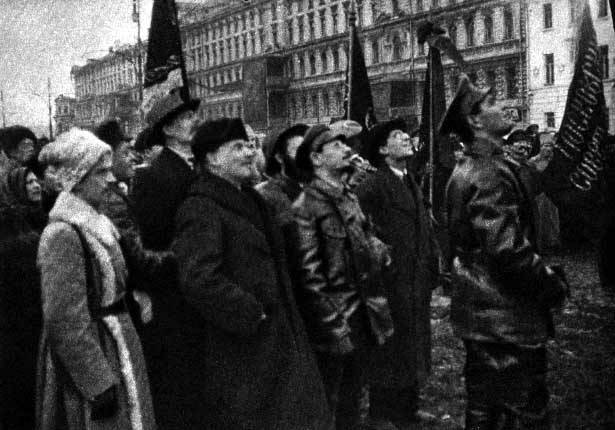
Sverdlov’s political position regarding the implementation of revolutionary transformations was distinguished by a well-known radicalism. To begin with, Sverdlov was an uncompromising supporter of harsh revolutionary violence. He stood behind the many brutal actions of the Bolsheviks in 1918-1919. In particular, it was Sverdlov who was the first to set a course for dividing the village into poor people and kulaks, which suggested further repressive measures against the latter. Of course, they did not immediately follow, but the vector was laid precisely by Sverdlov.
The “storytelling” plan also largely belongs to Yakov Sverdlov. It is known that the chairman of the All-Russian Central Executive Committee was extremely negative about Cossacks. Having rejected the emotional perception of history, this can also be understood - as is well known, the Cossacks and in the suppression of the revolutionary speeches of 1905-1907. they took the most active part, and in their large part quite negatively reacted to the October Revolution. But Yakov Sverdlov did not simply propose the liquidation of counter-revolutionary representatives of the Cossacks. He put forward large-scale ideas of the complete eradication of the Cossacks with the expropriation of their lands, i.e. - the transformation of the entire ethnic and even economic structure of the territories traditionally inhabited by the Cossacks. The rich lands on the Don, Kuban, Terek Sverdlov proposed to settle the “poor”, after having “cleared” them from the Cossack population. But after all, the Cossacks are not only horsemen with whips, dispersing demonstrations. These are peaceful workers, old men, women and children. It turns out that Sverdlov wanted to get rid of them?
Sverdlov has always been an ardent supporter of the "red terror", reprisals against representatives of the "exploiting classes." It was he who was behind the organization of the execution of the royal family in Yekaterinburg. The Romanov family was transported to Ekaterinburg in April-May 1918 of the year and placed in the Ipatievs house under armed guard. Apparently, at first, the Bolshevik leadership had not yet made a single decision on what to do with the arrested Romanovs. Most likely, Jacob Sverdlov was the direct initiator of the destruction of the royal family.
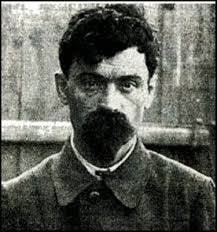 The fact that Sverdlov’s position “won out” is evidenced, firstly, by the fact that the royal family was brought to Sverdlov’s “patrimony” - Yekaterinburg, and secondly - one very important appointment for the subsequent development of events. 4 July 1918, the royal family guard in the Ipatievs mansion was handed over to Yakovsky Yurovsky, a member of the board of the Urals Regional Cheka. The forty-year-old Yankel Yurovsky was not just a Chekist, but a close friend, from the pre-revolutionary period, a friend of Yakov Sverdlov. The all-powerful chairman of the All-Russian Central Executive Committee fully trusted Yurovsky and could entrust him with the most important tasks. Among the performers was Pavel Zakharovich Yermakov - another long-time acquaintance of Sverdlov from the fighting squads of Yekaterinburg. On the night of 16 on 17 on July 1918, the Romanov family, doctor Botkin and three servants were shot in the basement of the Ipatiev mansion.
The fact that Sverdlov’s position “won out” is evidenced, firstly, by the fact that the royal family was brought to Sverdlov’s “patrimony” - Yekaterinburg, and secondly - one very important appointment for the subsequent development of events. 4 July 1918, the royal family guard in the Ipatievs mansion was handed over to Yakovsky Yurovsky, a member of the board of the Urals Regional Cheka. The forty-year-old Yankel Yurovsky was not just a Chekist, but a close friend, from the pre-revolutionary period, a friend of Yakov Sverdlov. The all-powerful chairman of the All-Russian Central Executive Committee fully trusted Yurovsky and could entrust him with the most important tasks. Among the performers was Pavel Zakharovich Yermakov - another long-time acquaintance of Sverdlov from the fighting squads of Yekaterinburg. On the night of 16 on 17 on July 1918, the Romanov family, doctor Botkin and three servants were shot in the basement of the Ipatiev mansion. The events in Yekaterinburg were only the beginning of a big “red terror”, the occasion for the start of which soon appeared beautiful. 30 August 1918, a meeting of workers was held at the Michelson plant in Moscow. Vladimir Ilyich Lenin spoke on it. After the rally in the yard of the enterprise, he was wounded by several shots. Almost immediately at the tram stop near the enterprise Fanny Kaplan was arrested, who confessed to the attempted assassination of the Bolshevik leader. She was shot 3 September 1918, in the courtyard of the armored corps of the All-Russian Central Executive Committee. The order for the execution of Kaplan was given orally by Yakov Sverdlov himself. He also initiated the start of the “Red Terror” announced by 5 of September of 1918. The story of the assassination attempt on Lenin is generally very dark. While Vladimir Ilyich was being treated for injuries, Yakov Sverdlov concentrated in his hands the full extent of the executive power. He managed to prevent the election of the interim acting chairman of the Council of People's Commissars of the RSFSR and carried out these duties personally, having combined the leadership of the SNK and the All-Russian Central Executive Committee in his hands. Sverdlov moved to Lenin's office, signed documents for him, that is, he felt himself the absolute master of Soviet Russia.
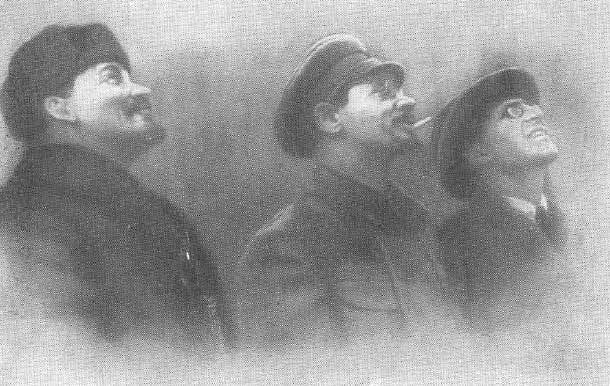
Most likely, the excessive strengthening of Sverdlov’s positions in the Bolshevik leadership was the cause of his strange and very early death. 6 March 1919, Jacob Sverdlov left Kharkov for Moscow. According to the official version, it was on the way to Moscow that he fell ill with the “Spanish flu” - the Spanish flu, the epidemic of which occurred just in the 1918-1919 years. Around the world at this time from the “Spanish” died from 50 to 100 million people. Russia was no exception - there were also a lot of people suffering from “Spaniard”, the number of those who died from this disease by the year 1920 reached three million. There was nothing surprising in the fact that “Spaniard” could have become ill even by Jacob Sverdlov himself, especially since Sverdlov was not distinguished by his good health. When 8 March 1919, Sverdlov returned to Moscow, he was already in serious condition. The fact that "Comrade Sverdlov" is seriously ill, was officially reported by 9 March 1919 of the year. It is interesting that Yakov Mikhailovich was treated not at the Kremlin clinic, but at home. And Vladimir Ilyich Lenin himself, who had not yet recovered from the consequences of his injury, came to visit him. What did this visit mean? Did Lenin not be afraid to get sick himself "Spaniard"? Or did you want to get some supervaluable information from Yakov Mikhailovich?
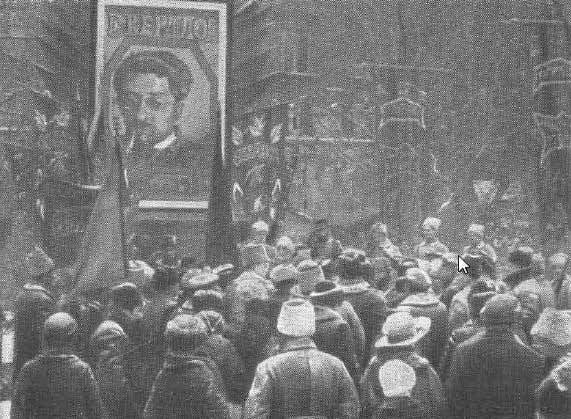
March 16, 1919 33-year-old Yakov Mikhailovich Sverdlov died. March 18, 1919 he was buried near the Kremlin wall. These were the first such large-scale funerals of the Soviet leader of the highest rank, which laid the foundation for the further tradition of “Kremlin funerals” that accompanied the entire history of the Soviet state. With the death of Sverdlov, many prominent Bolsheviks who could claim the role of Lenin's successors lost an influential and very dangerous rival. Perhaps it is precisely in the desire to free the party from the too active “personnel officer”, who gradually turned into a leader, that the roots of the sudden illness and rapid death of Yakov Mikhailovich Sverdlov are rooted. Yakov Sverdlov, who died at the very beginning of the existence of the Soviet state, was almost immediately after his death turned into a symbolic figure. The name of Sverdlov was called cities, streets and squares, enterprises, ships of the Navy fleet USSR and civilian fleet.
By the way, the son of Yakov Sverdlov, Andrei Yakovlevich Sverdlov (1911-1969), worked all his life in the state security bodies of the USSR, rising to the rank of colonel and the post of deputy head of the 2 section of the Main Department of the Ministry of State Security of the USSR. He miraculously managed to avoid political repressions of the end of 1930, and then suspicion of involvement in the “Stalinist cleansing” after debunking the personality cult (many high-ranking state security officials were arrested and shot).
Information